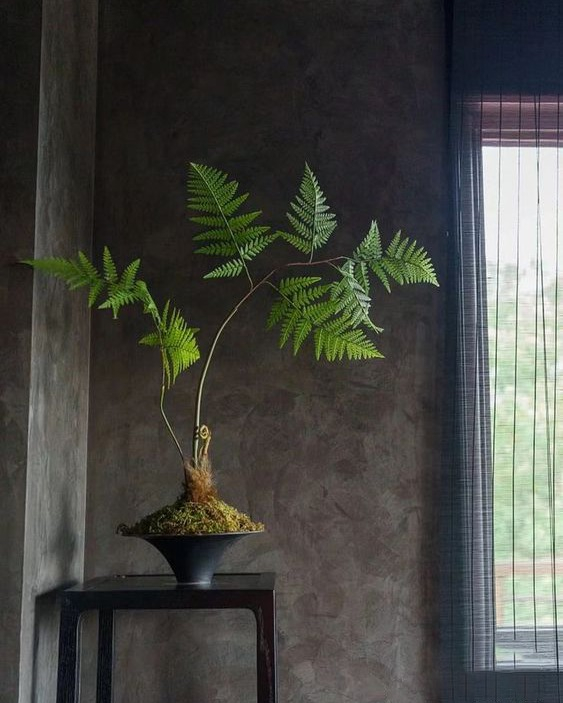
Indoor lighting design plays a crucial role in creating the atmosphere and ambiance of a space. It involves strategically placing light fixtures and choosing the right type of lighting to enhance the functionality and aesthetics of a room. Natural light, overhead lighting, task lighting, and accent lighting are all important elements of indoor lighting design. Natural light can help improve mood and productivity, while overhead lighting provides general illumination. Task lighting is essential for activities such as reading, cooking, and working, while accent lighting highlights architectural features or artwork. Using a combination of these different types of lighting can create a well-balanced and visually pleasing environment. Additionally, considerations such as color temperature, brightness, and energy efficiency should also be taken into account when designing indoor lighting. Overall, a well-planned indoor lighting design can transform a space and make it more inviting, functional, and comfortable for its occupants.
Indoor lighting design plays a crucial role in creating a well-balanced and aesthetically pleasing ambiance in any space. From residential homes to commercial buildings, proper lighting can greatly enhance the overall look and feel of a room. Different types of lighting fixtures, such as recessed lighting, chandeliers, and track lighting, can be strategically placed to highlight architectural features, artwork, or specific areas within a room.
One important aspect of indoor lighting design is the consideration of different lighting layers. By incorporating ambient lighting, task lighting, and accent lighting, designers can create a versatile and functional lighting scheme that meets the specific needs of a space. Ambient lighting provides overall illumination, while task lighting is focused on specific work areas. Accent lighting, on the other hand, is used to highlight decorative elements or focal points within a room.
When designing indoor lighting schemes, it is important to consider the color temperature and brightness of the light sources. Warm white lighting creates a cozy and inviting atmosphere, while cool white lighting can make a space feel more modern and energizing. Additionally, dimmable lighting fixtures allow for flexibility in adjusting the brightness levels to suit different activities or moods. By carefully selecting and placing lighting fixtures, designers can transform an ordinary space into a visually appealing and functional environment.
 Decoration Ideas
Decoration Ideas









